Internet infrastructure
The Internet consists of networks of different administrative management that are interconnected.
“The Internet consists of networks of different administrative management that are interconnected. These mainly include:
- Provider networks to which the computers of an Internet provider's customers are connected,
- Company networks (intranets) that connect a company's computers, as well as
- University and research networks.
Typical connection to the Internet
Connections to the Internet for home users
Connections to the Internet at companies
Physically, the Internet consists in the core area, i.e. in the connections between the above-mentioned networks and in the backbones of large networks, continental and intercontinental, mainly of fiber optic cables that are connected by routers to form a network. Fiber optic cables offer enormous transmission capacity and were installed several years ago in large numbers as both land and submarine cables in anticipation of very large data traffic growth. Since the physically possible transmission rate per fiber pair has increased immensely with advanced light feed technology (DWDM), the Internet currently has some excess capacity here. It is estimated that in 2005 only three percent of fiber optics laid between European or US cities were used.[18] Satellites and radio links are also integrated into the global Internet structure, but they account for a small proportion.
In the so-called last mile, i.e. the house connections, the data is often transmitted on copper cables from telephone or television connections and increasingly also via radio, using WLAN or UMTS. Fiber optics to the home (FTTH) are not yet very widespread in Germany. Private individuals access the Internet either via a narrowband connection, for example via modem or ISDN (see also Internet by Call), or via broadband access, for example with DSL, cable modem or UMTS, from an Internet provider. Companies or government institutions are often connected to the Internet via leased lines based on copper or fiber optics, using technologies such as channel bundling, ATM, SDH or - increasingly often - Ethernet in all speed variants.
In private households, computers are often connected to the Internet to access services, which themselves provide few or no such services for other participants and are not permanently accessible. Such computers are referred to as client computers. Servers, on the other hand, are computers that primarily offer Internet services. They are usually located in so-called data centers, where they are quickly connected and secured in air-conditioned rooms against power and network failures as well as burglary and fire. Peer-to-peer applications also enable the above client computers to temporarily offer services themselves that they access from other computers in the network. The strict distinction between the client-server model is broken down here.
At Internet nodes, many different backbone networks are connected to each other via powerful connections and devices (routers and switches). The exchange of accessibility information between two networks is then contractually and technically organized as peering, i.e. on the basis of reciprocity, thus enabling data exchange. For example, at DE-CIX in Frankfurt am Main, the largest exchange point of its kind, more than a hundred networks are interconnected. Such a transfer of data traffic between separate administrative areas, so-called autonomous systems, can also be switched at any other location, but it usually makes more economic sense to do this bundled at different Internet nodes. Since an autonomous system, such as an Internet provider, cannot usually reach everyone else in this way, it needs at least one provider that delivers the remaining data traffic for a fee. This process is technically similar to peering, except that the so-called upstream or transit provider provides the customer provider with all accessibility information available via the Internet, including those for which they themselves have to pay for the delivery of the data traffic leading to them. There are currently nine very large, so-called Tier 1 providers, that can reciprocate or deliver all their traffic to their customers without the need for an upstream provider.
Since the Arpanet, as a decentralized network, should be as fail-safe as possible, it was taken into account during the planning that there should be no central computer, i.e. no place where all connections come together. However, this decentralization was not respected at the political level of the Internet. The Internet Corporation for Assigned Names and Numbers (ICANN), as the highest hierarchical organization, is responsible for assigning IP address ranges, coordinating the Domain Name System (DNS) and the necessary root name server infrastructure, as well as for determining other parameters of the Internet Corporation for Assigned Names and Numbers (ICANN). Internet protocol family that requires global uniqueness. It is formally subordinate to the US Department of Commerce.[19]
The network-like structure and the heterogeneity of the Internet contribute to a high level of reliability. There are usually several possible paths for communication between two users via routers with different operating systems, and only when the data is actually transferred is it decided which one will be used. Two data packets sent one after the other, or a request and the response, can go through different paths depending on workload and availability. Therefore, the failure of a physical connection in the core area of the Internet usually does not have a serious impact; Only a failure of the only connection in the last mile cannot be compensated for.” [5]
[5] German Wikipedia article “Internet”, as of February 20, 2021


